Are you feeling overwhelmed by the idea of starting a more active lifestyle, unsure of where to begin and struggling to find the time? What if I told you that incorporating movement into your day can be enjoyable, creative, and doesn’t require hours at the gym? In this blog post, I’ll share three empowering tips to help you kickstart your journey towards a more active life, allowing you to reap the essential benefits when you move your body more. But before we delve into these tips, let’s first explore why movement is non-negotiable for your health and discover the six primary ways to move.

Why Movement is Crucial For Your Health
Regular movement and physical activity are critical for women as we age to maintain our overall health and wellness. The World Health Organization (WHO) recommends at least 150 to 300 minutes (2.5 to 5 hours) of moderate aerobic activity per week (or the equivalent vigorous activity) for all adults. In this section we’ll explore 6 reasons why we need to move more and often.
1. Maintains Bone Density & Joint Health
As we age, women are at an increased risk of osteoporosis, a condition characterized by decreased bone density and increased susceptibility to fractures. Weight-bearing movements, such as walking, jogging, or resistance training (more on this in the next section), can help preserve bone density and reduce the risk of osteoporosis. Regular movement and exercise also help to lubricate the joints and maintain flexibility, reducing the risk of joint pain and stiffness associated with conditions like arthritis.
2. Preserves Muscle Mass and Strength
We naturally lose muscle mass and strength as we age, which can lead to weakness and difficulty performing daily activities. Resistance training helps to preserve muscle mass, improve strength, and enhance overall physical function.
3. Reduces Risk of Chronic Diseases
Today, heart disease is the leading cause of death in both men and women. Regular movement can lower the risk of developing chronic diseases such as heart disease, diabetes, and certain types of cancer. It helps to improve cardiovascular health, regulate blood sugar levels, and lower blood pressure.
4. Supports Weight Loss
Metabolism can slow down with age, making it easier to gain weight. Regular physical activity helps to maintain a healthy weight and increases metabolism. It also helps to preserve muscle mass, which further boosts metabolism.
5. Improves Mental Health
Movement has been shown to have numerous mental health benefits, including reducing stress, anxiety, and depression. It helps to improve mood, cognitive function, and overall well-being. Regular physical activity can also improve sleep quality and duration, which is necessary for overall health and well-being.
6. Boosts Energy Levels
Contrary to what some might expect, regular movement actually increases energy levels and reduces feelings of fatigue. This is particularly important for moms juggling endless to-do lists, and countless responsibilities and demands.
Six Ways to Move Your Body
Now that you understand why increasing movement in our lives is crucial, let’s look at six different types of ways to move your body that support overall health and wellness.

1. Cardiovascular Exercise and HIIT
Cardiovascular exercises are aerobic activities that get your heart rate up and increase your breathing rate. This can include brisk walking, jogging, cycling, swimming, dancing, or participating in aerobic classes. High-intensity interval training (HIIT) is a form of cardiovascular exercise that alternates between short bursts of intense activity and brief periods of rest or lower-intensity activity. The goal of HIIT is to elevate your heart rate quickly and maintain it at a high level during the intense intervals, followed by brief recovery periods to allow for partial recovery before the next intense interval begins.
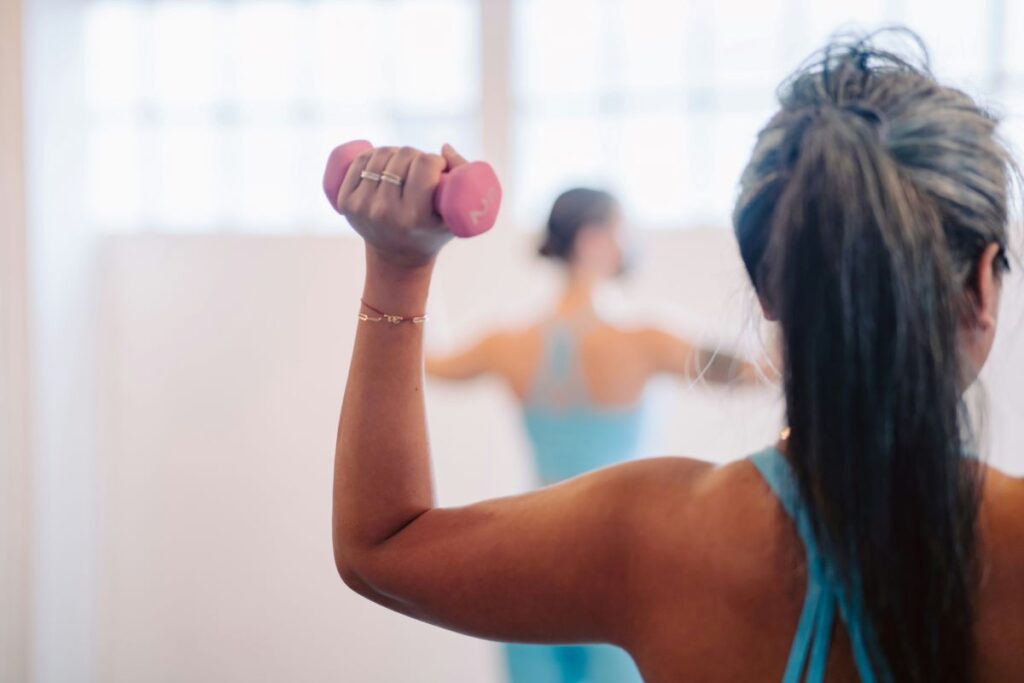
2. Resistance Training
Resistance training, also known as strength training or weight training, involves movements that utilize resistance to strengthen and build muscles. It typically involves lifting weights, using resistance bands, or using body weight as resistance. After the age of 30, if we’re physically inactive we lose up to 5% of our muscle mass every decade. Therefore, it is crucial to incorporate resistance training exercises into your routine to build and maintain muscle mass. Focus on exercises that target major muscle groups, such as squats, lunges, push-ups, and weightlifting. The result is increased muscle mass, strength, and endurance. Resistance training not only improves physical appearance and athletic performance but also offers numerous health benefits, including enhanced metabolism, bone density, joint stability, and functional movement. It has been proven to reverse aging in human skeletal muscles and is an essential component of a well-rounded fitness routine.

3. Balance and Stability Training
Balance and stability training focuses on movement designed to improve proprioception, coordination, and overall stability. This type of training typically includes exercises that challenge the body’s ability to maintain balance and control its position, such as standing on one leg, using balance boards or stability balls, or performing specific movements that require coordination and control like tai chi or qigong. By incorporating balance and stability training, you can improve neuromuscular coordination, reduce the risk of falls and injuries, and enhance overall functional fitness. This type of training improves posture, core strength, and overall body awareness, leading to improved performance and reduced risk of injury in various activities of daily living.
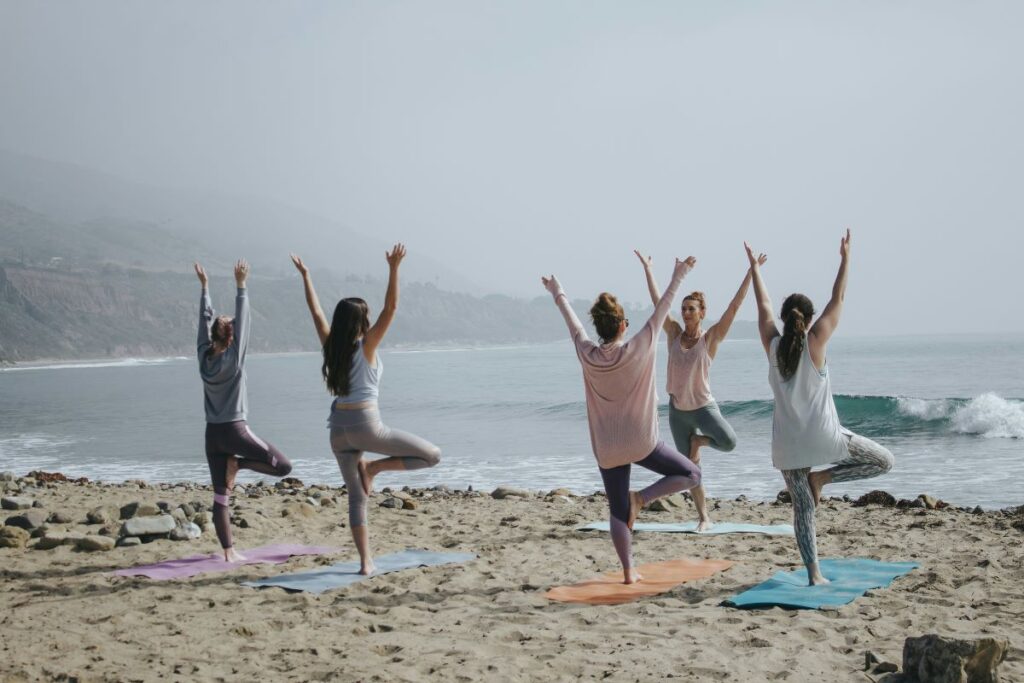
4. Low-Impact Movement
Low-impact activities include walking, cycling, dancing, swimming, water aerobics, or using elliptical machines. These provide cardiovascular benefits without putting excessive stress on your joints. Other forms of low-impact movement include mind-body practices such as yoga, tai chi, or meditation that also improve mental well-being, reduce stress, and enhance overall health. These practices can also improve flexibility, balance, and coordination while promoting relaxation and mindfulness.
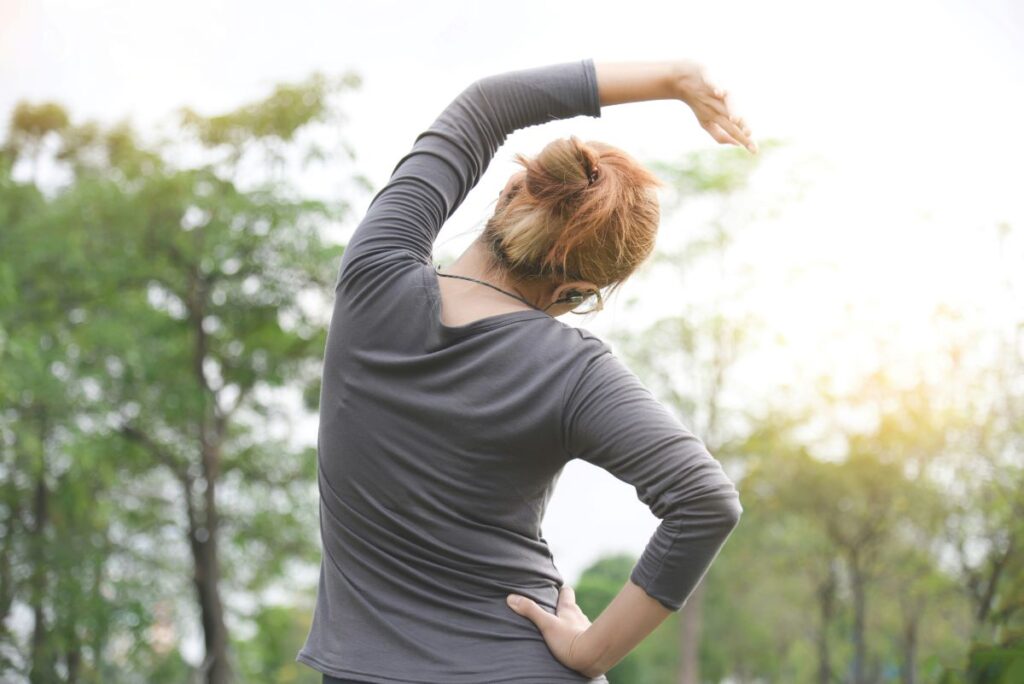
5. Flexibility and Stretching
Stretching improves flexibility and range of motion. You can incorporate stretching as part of a warm-up before your training, as a standalone routine, or as part of a cool-down after physical activity. Regular stretching can improve joint mobility, enhance athletic performance, reduce the risk of injury, alleviate muscle tension, and promote relaxation.
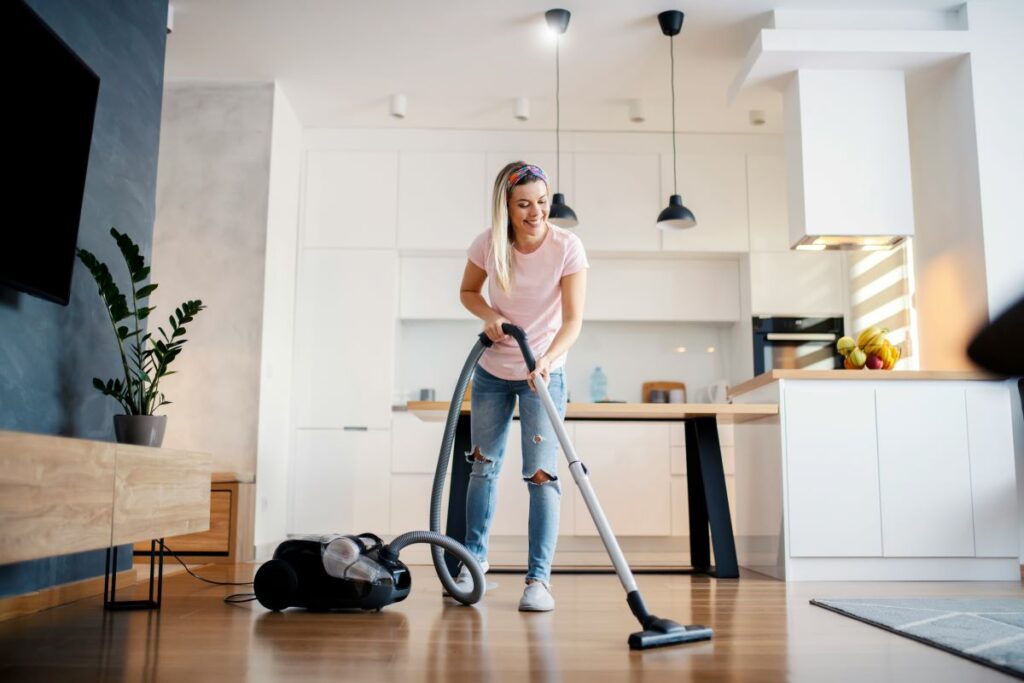
6. Non-Exercise Activity Thermogenesis (NEAT)
NEAT refers to the energy expended for everything we do that is not sleeping, eating, or sports-like exercise. In simpler terms, NEAT encompasses all the movements and activities you do throughout the day that aren’t structured exercise. This includes activities such as walking, standing, fidgeting, gardening, cleaning, taking the stairs, and even typing. Focusing on exercises that mimic movements you perform in daily life improves functional fitness and makes everyday activities easier including carrying groceries, lifting children, or bending to tie your shoes.
Three Tips to Move Your Body More
I know firsthand the challenges of balancing a busy schedule while trying to prioritize finding time to move your body. However, I’m here to remind you that taking care of your health is essential, and incorporating daily movement into your routine is non-negotiable. I have three practical tips to help you start integrating more movement into your daily life.
As always, the right balance is crucial. It is possible to push yourself too hard when exercising, creating stress and damaging your health. Before jumping in, remember to listen to your body and choose activities that you enjoy and align with your fitness level and goals. You may need to consult with a healthcare professional before increasing your movement especially if you have any underlying health conditions or concerns.
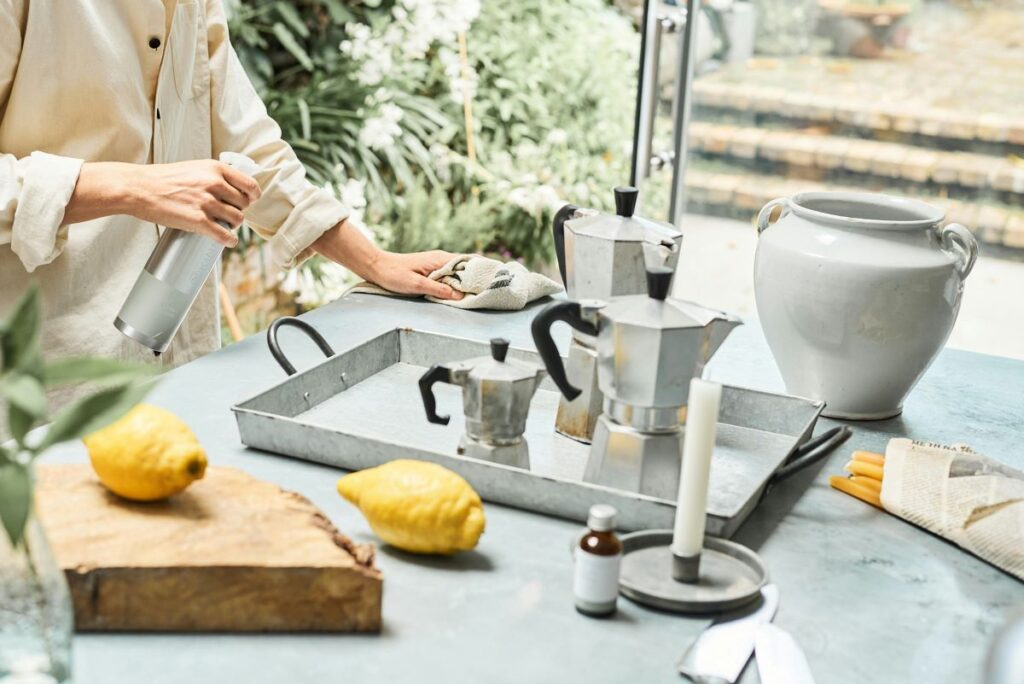
1. Incorporate Movement into Daily Tasks
Find fun and creative ways to incorporate movement into your daily routine, even when you’re busy with work, household chores, or family responsibilities. An early morning walk can be a good time to plan ahead for the day, get on top of your schedule, brainstorm ideas, or get ready for the day. You can also try pacing while on a phone call, taking the stairs instead of the elevator, do seated calf raises at your desk or squats while waiting for your tea or coffee to be ready. How about attending a meeting while you’re taking a walk, if you’re working from home and don’t need to be on camera? The key is to look for opportunities to be active while performing your daily tasks that are fun for you and turn mundane activities into opportunities for movement.
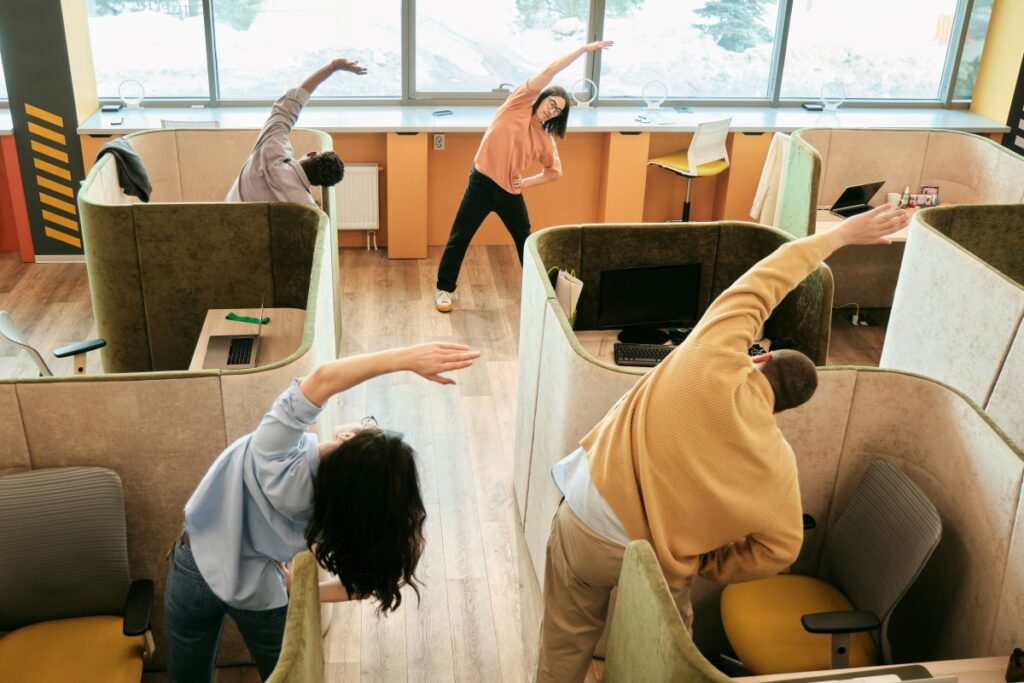
2. Schedule Movement Breaks
Just as you schedule meetings and appointments, prioritize time for movement breaks in your daily schedule. Set reminders on your phone or calendar to prompt you to take short breaks for physical activity throughout the day. Whether it’s a quick walk around the block, a brief yoga session, dance to a favorite tune, or a set of resistance training, carving out dedicated time for movement will help ensure that it becomes a non-negotiable part of your routine. Consider enlisting the support of a friend, family member, or coworker to join you for accountability and motivation.
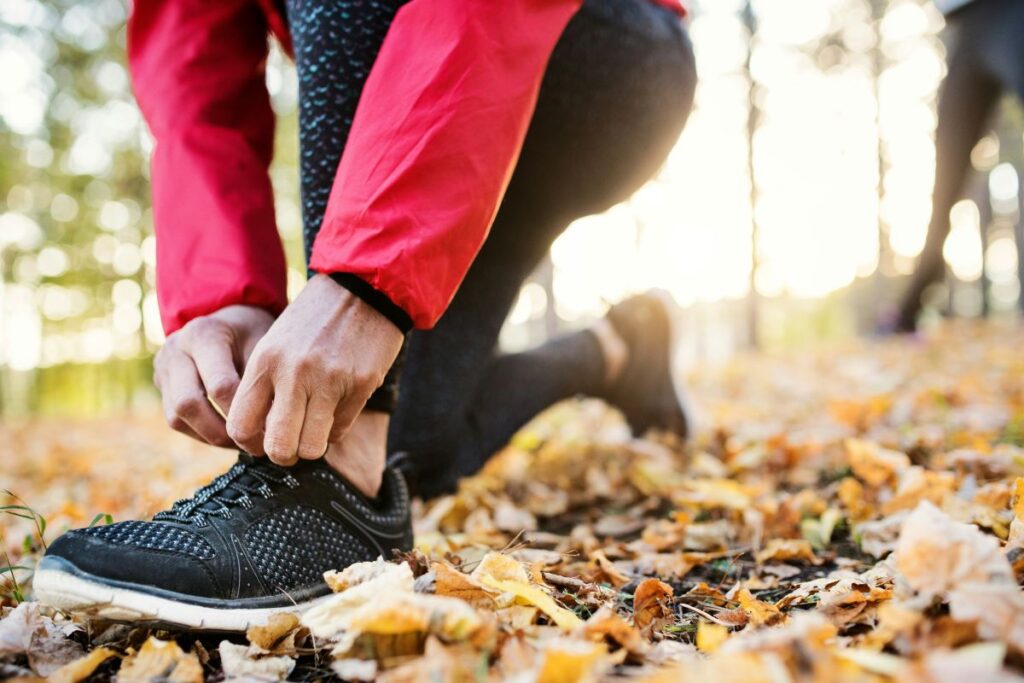
3. Walk More
Walking is one of the simplest and most accessible forms of movement and offers a wide range of health benefits. Whether you live in a bustling city or a quiet suburban neighborhood, you can easily incorporate walking into your daily routine. All you need is a pair of comfortable shoes and a safe place to walk. Additionally, walking can be easily integrated into your daily activities, such as taking the stairs instead of the elevator, parking farther away or going for a stroll during your lunch break. It’s a versatile activity that can be tailored to fit your schedule and preferences. Moreover, walking provides numerous health benefits, including improved cardiovascular health, weight management, mood enhancement, and stress reduction. Finally, walking within an hour after a meal helps stimulate digestion and can help regulate blood sugar levels by promoting glucose uptake into the muscles. Need one more reason to be convinced? A Stanford University study found that creativity levels were consistently and significantly higher for those walking compared to those sitting.
Wrap-Up
There you have it! My three simple tips designed to empower you to make movement enjoyable and increase your activity levels starting today. But if you’ve already tried implementing these changes and still find it challenging to sustain daily movement, know that you’re not alone. As a mom myself, I understand the struggle of balancing endless to-do lists and responsibilities. I’m here to support you! You can schedule a FREE coaching session tailored to your specific challenges and wellness goals. Together, let’s discover personalized strategies to make movement a sustainable part of your daily life.
YOU have the power to take the steps to mindfully transform your wellness on your personal journey.
The content provided in this post is for informational purposes only and is not intended to be a substitute for professional medical advice, diagnosis, or treatment. Always seek the advice of your physician or other qualified health provider with any questions you may have regarding a medical condition. Never disregard professional medical advice or delay in seeking it because of something you have read in this post.


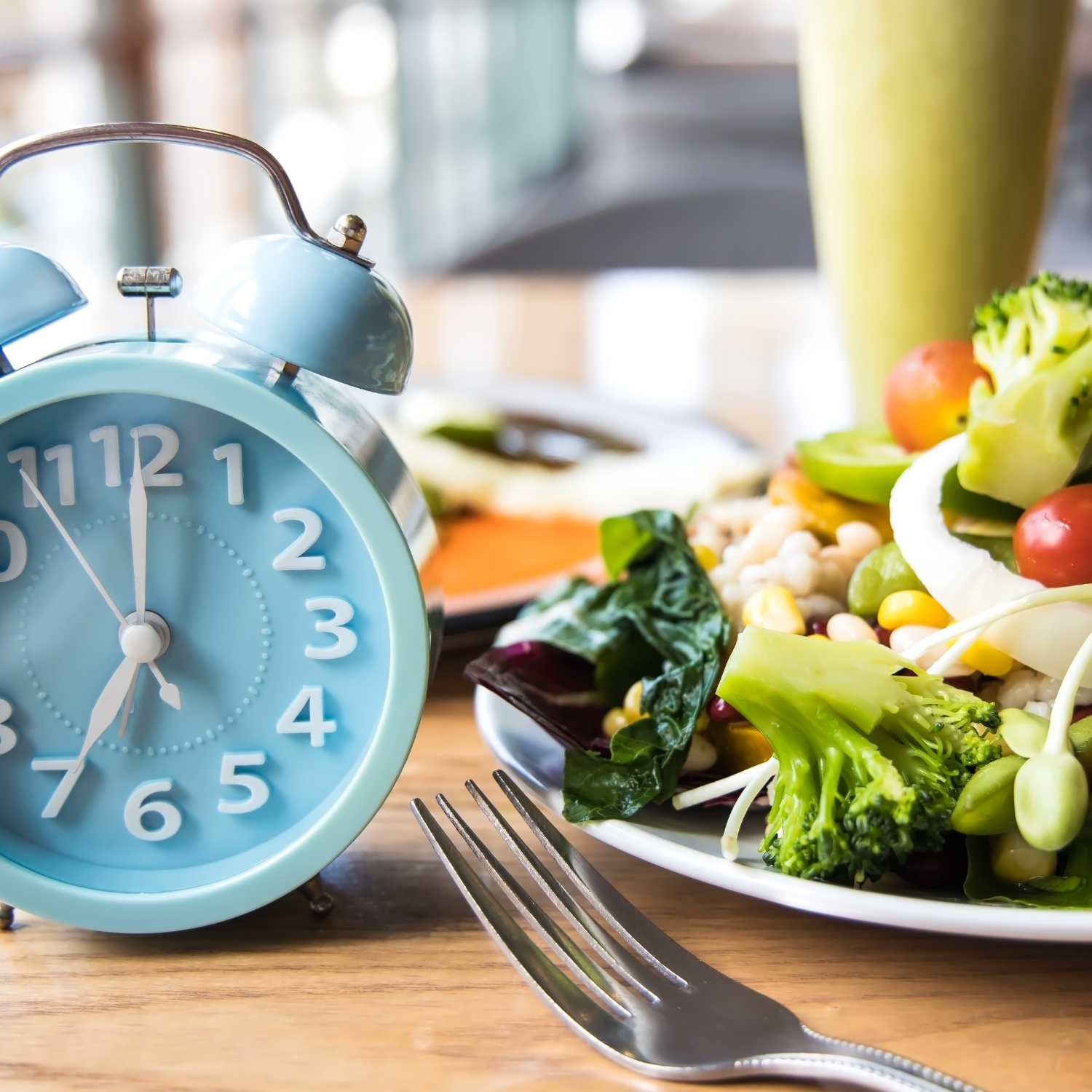
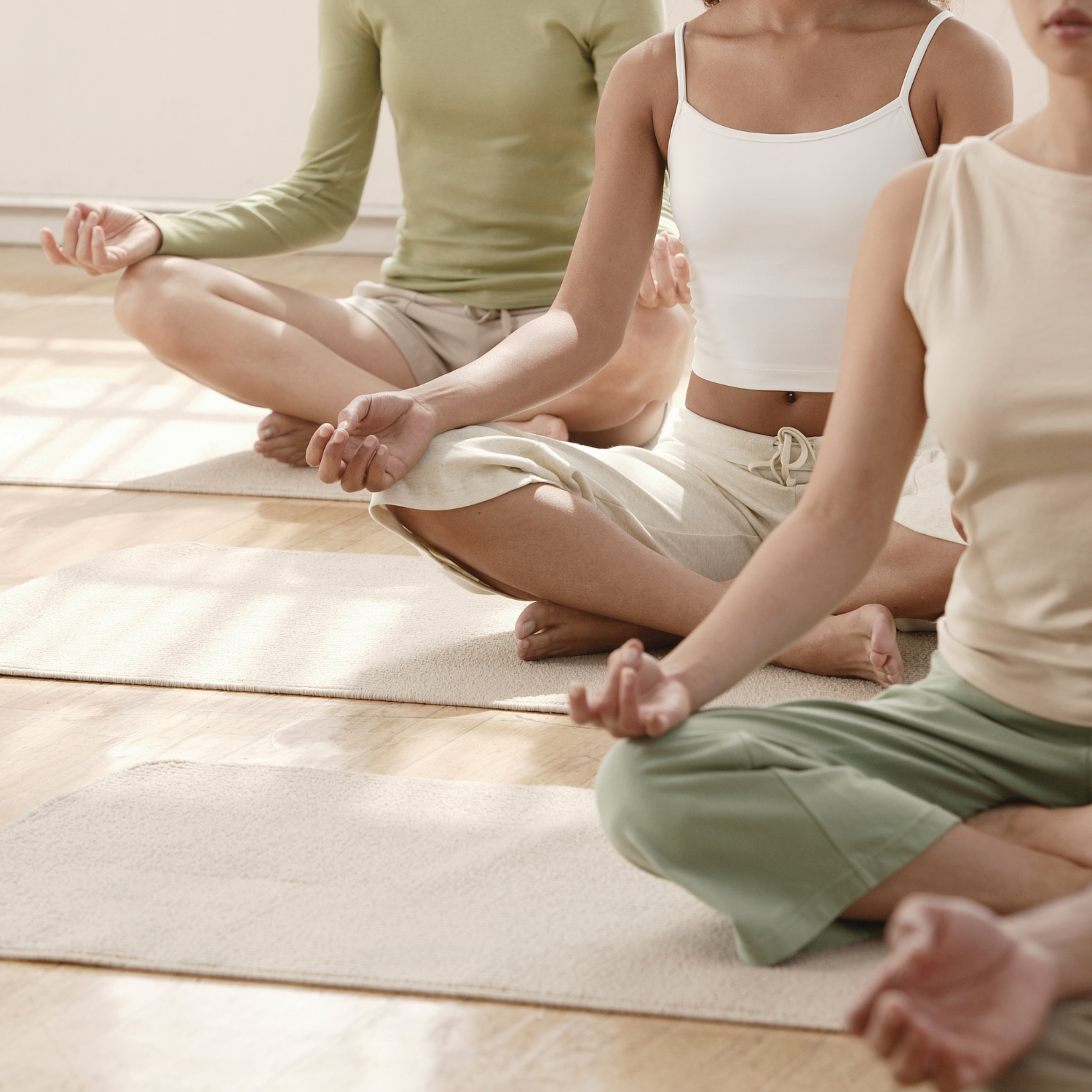




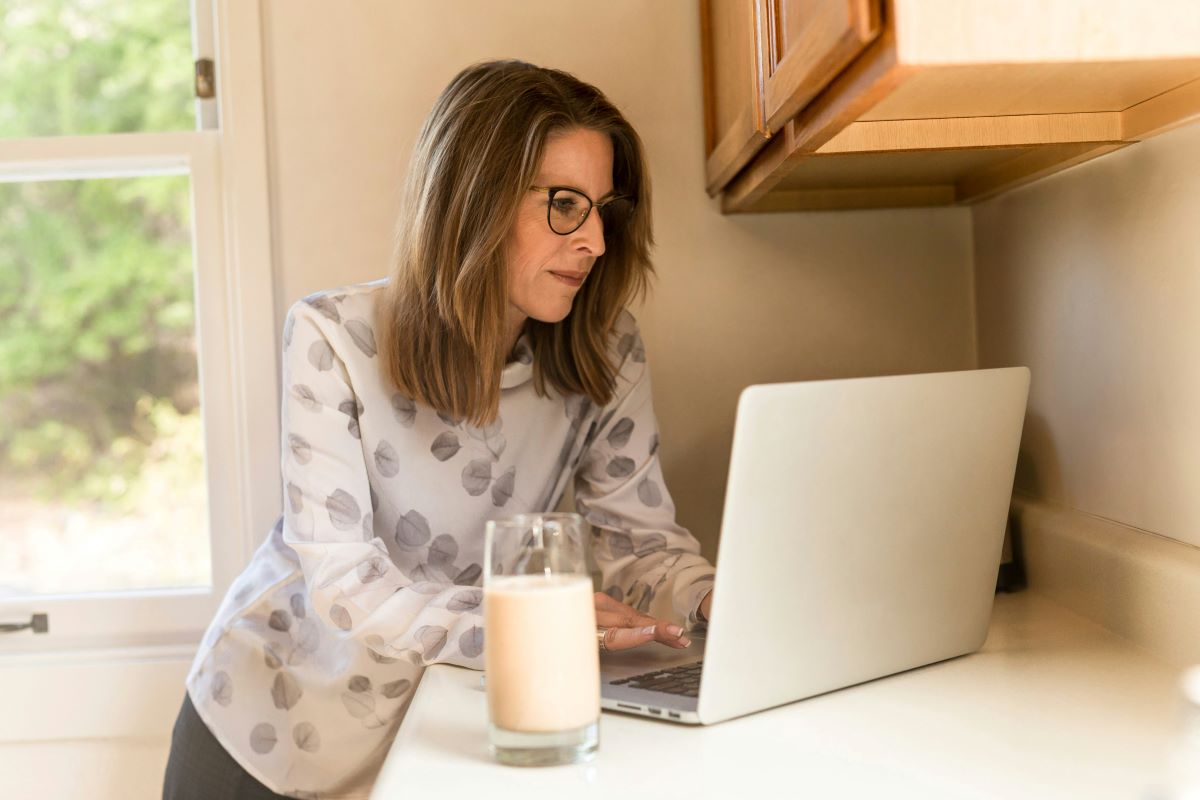
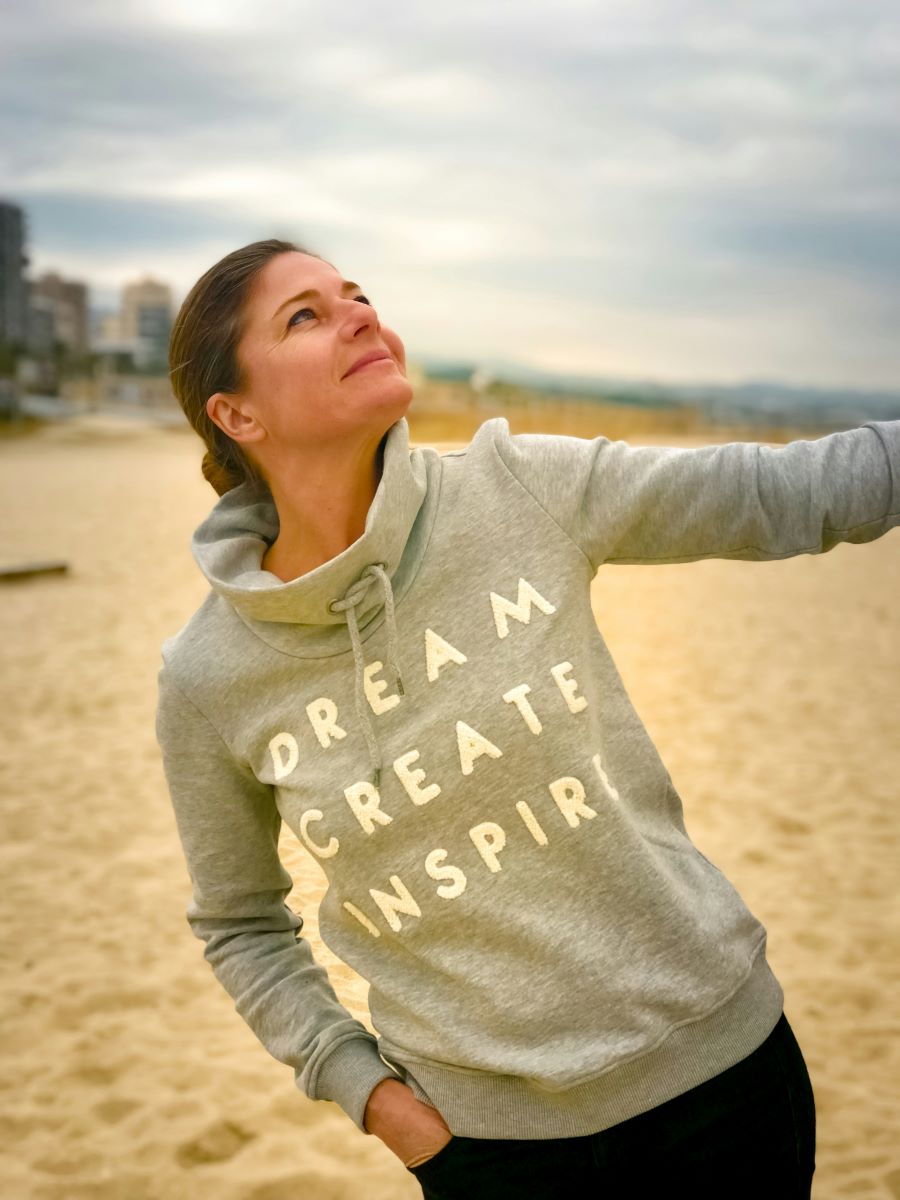

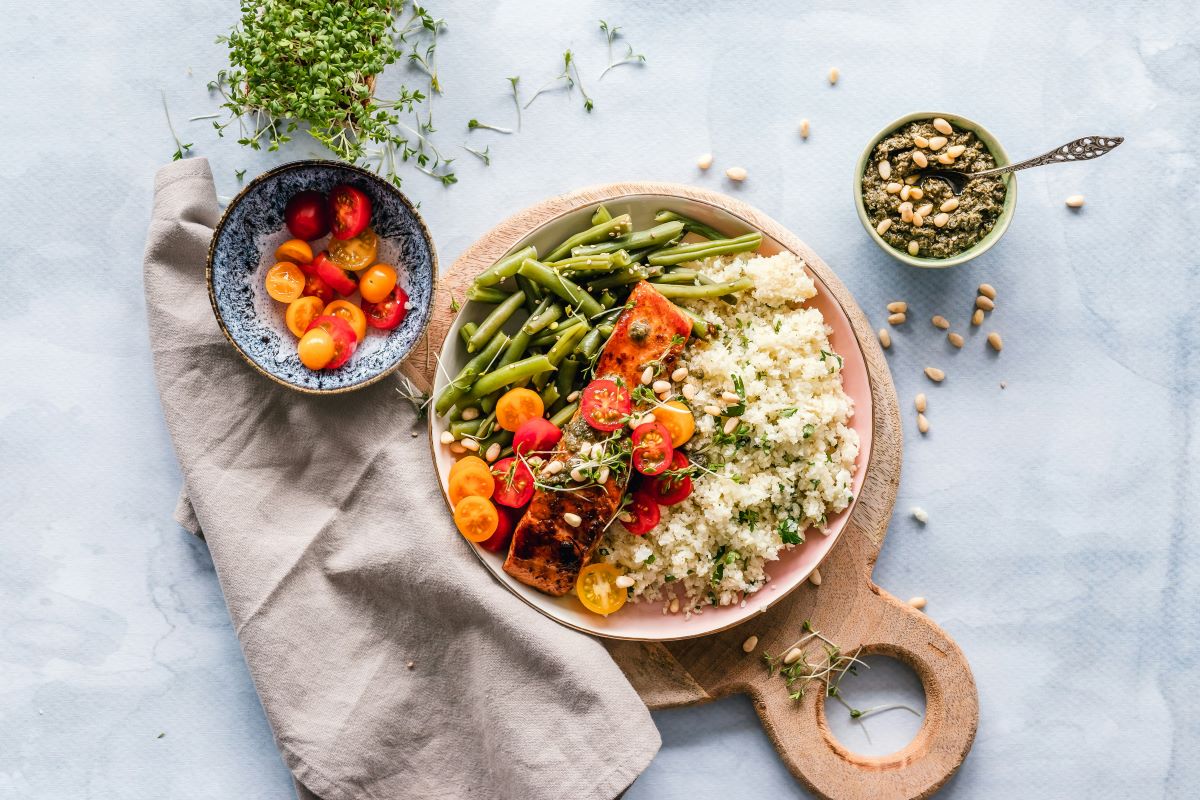

+ Show / Hide Comments
Share to: